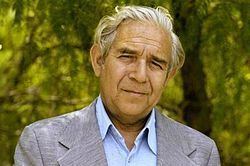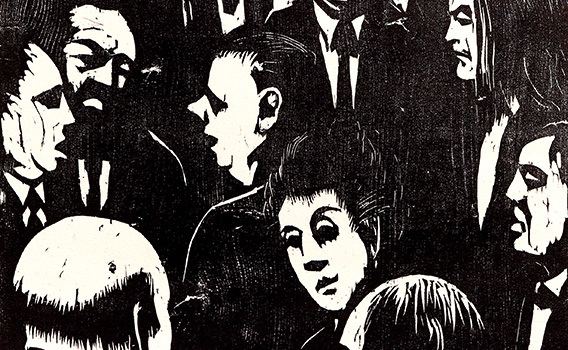Name Jacob Pins | ||
Books The Japanese Pillar Print: Hashira-e | ||
Forum jacob pins h xter
Jacob Otto Pins (17 January 1917 – 4 December 2005) was a German-born Israeli woodcut artist and art collector, particularly of Japanese prints and paintings.
Contents
- Forum jacob pins h xter
- Forum jacob pins
- Biography
- Art career
- Legacy
- Exhibitions
- Published works
- References

Forum jacob pins
Biography
Jacob Pins was born in Höxter, Germany, the son of Dr Leo Pins, a veterinarian, and his wife Ida Lipper. He immigrated to Palestine in 1936 to study art. His father tried to discourage him from becoming an artist for financial reasons. Pins's younger brother, Rudolph, (1920–2016) moved to the United States in 1934. His father was sent to Buchenwald. In July 1944, both parents died in the Riga ghetto.

Pins first lived on a kibbutz, which was disbanded in 1941. He moved to Jerusalem and studied woodcut and linocut under woodcut master and painter Jacob Steinhardt, also a German immigrant, at his small private school. He lived in poverty in a tiny room, subsisting on a meagre diet. He continued his studies at the new Bezalel Academy of Art and Design.

Pins was married to Elsa, the subject of a number of his prints. They had no children.

Pins bought his first Oriental print in 1945, and acquired a house on Ethiopia Street, opposite the Ethiopian church, where he lived for the rest of his life. He continued collecting until his death and was one of Israel's foremost art collectors. His book on Japanese Pillar Prints, Hashira-e is the definitive work on the subject.
Pins died in Jerusalem in December 2005.
Art career
Pins' artwork was heavily influenced by German expressionism and traditional Japanese wood block printing. From 1956 to 1977, he taught at Israel's leading art schools, most notably Bezalel, where he later became a professor. He was known as a demanding teacher, emphasizing strong technical skills and discipline.
In the 1950s, Pins helped to found the Jerusalem Artists' House, a centre for the city's artists to meet and exhibit.
Legacy
Pins' extensive collection of Japanese woodprints, paintings and sculptures was left to the Israel Museum, where it forms the Jacob Pins Collection. Most of his own artwork was left to his home town and the Forum Jacob Pins museum opened there in 2008. Nimrod Erez made a feature-length documentary about Pins, and this is in the permanent collection of MOMA, New York. A shorter documentary is on exhibition at the Jacob Pins Forum, Höxter.
Exhibitions
Jacob Pins: Woodcuts: Herzliya Museum of Art, December 92 – January 93
